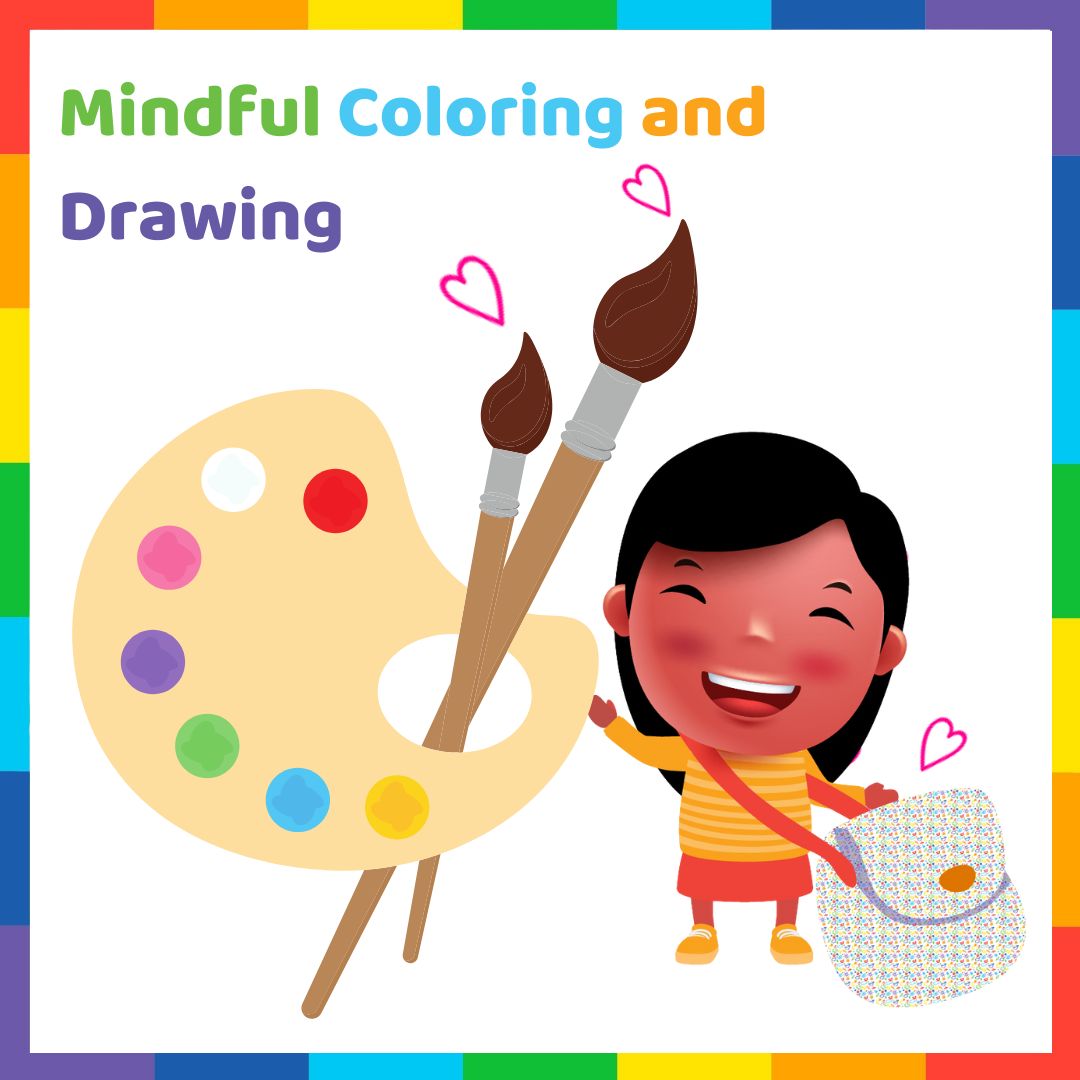
Parenting Tips
Mindful Coloring, Drawing for Kids: How to Practice?
November 15, 2024
Related
Topics

Hey
-
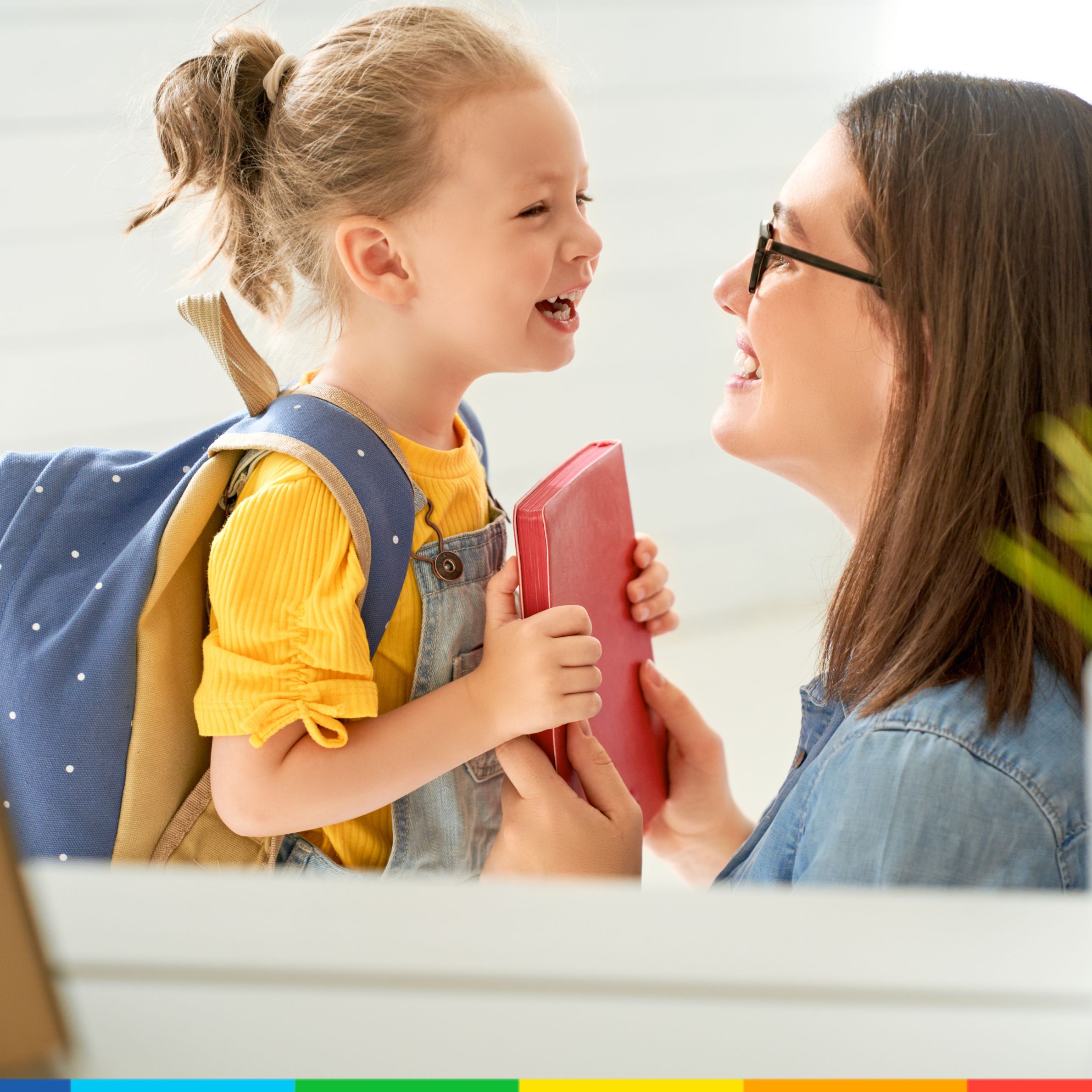
Back to School: How to Prepare for a Smooth First Day?
September 1, 2025
-
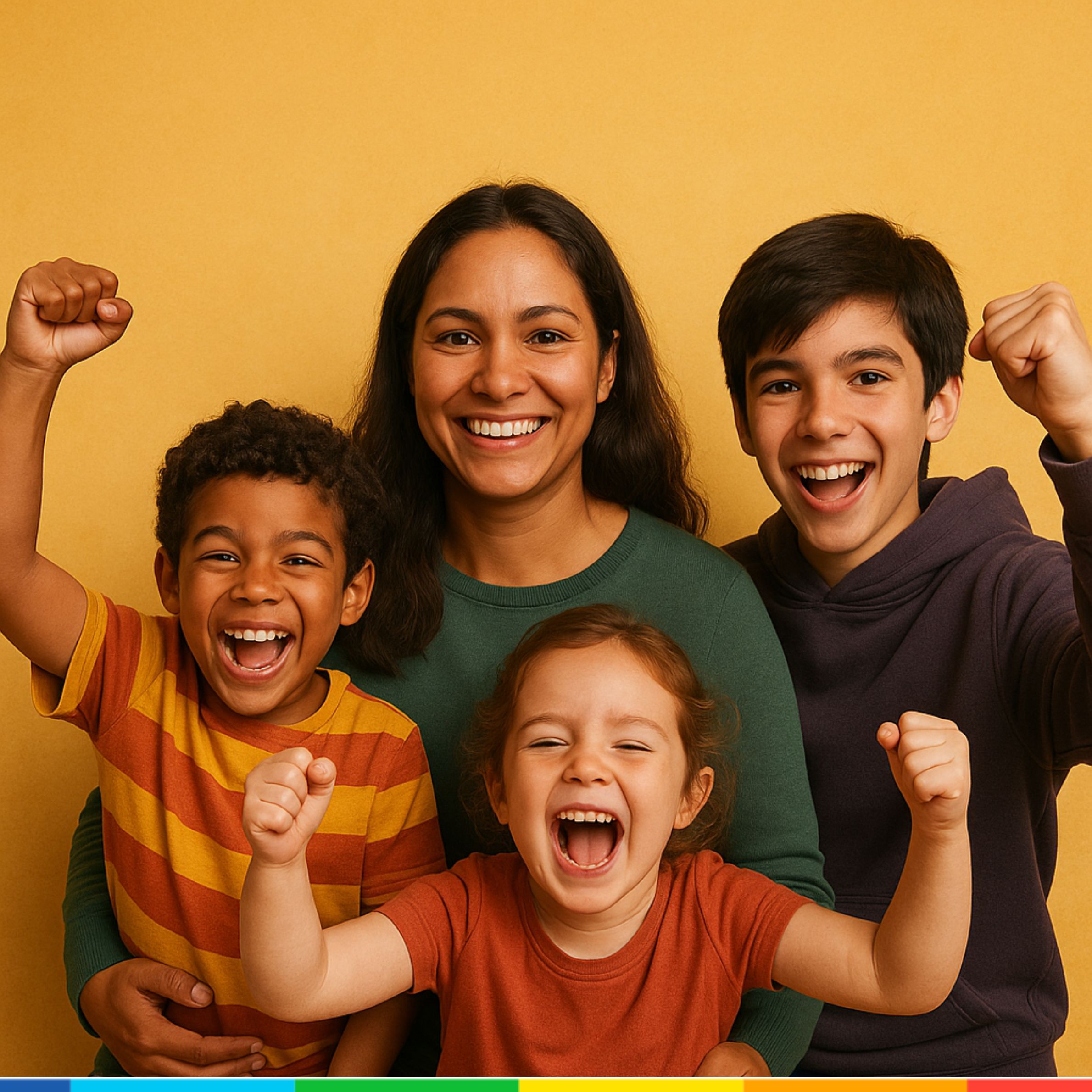
How to Build Resilience in Children? – Never Give Up!
August 8, 2025
-
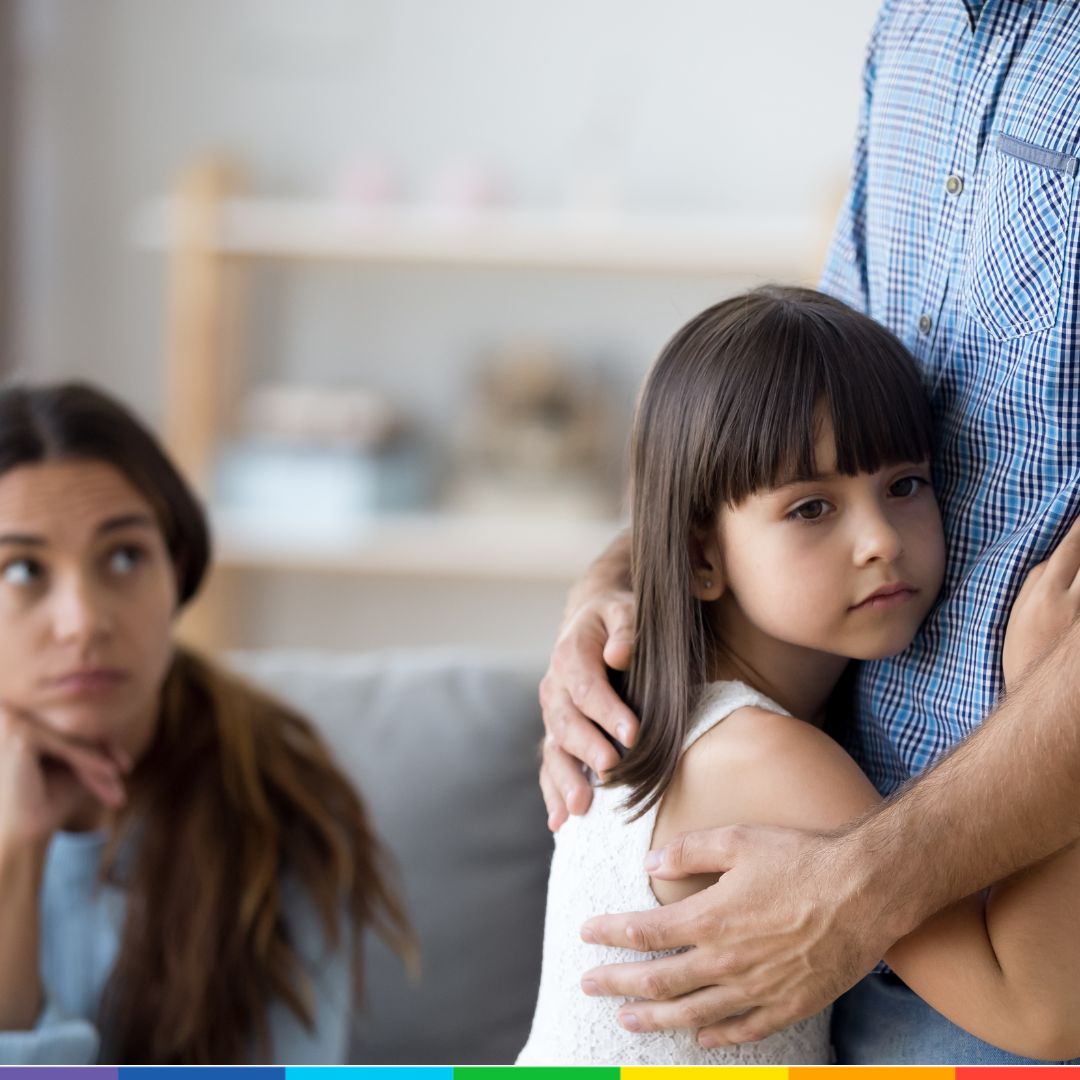
Parents Saying ‘No’ – How to Set Limits Without Guilt?
July 15, 2025
-

-

Green Parenting: How to Make Your Home More Eco-Friendly?
April 24, 2025
Ready for more?
Hey
Sign up for Rainbow Kiddies newsletters for more stories and updates
Artistic activities like drawing or coloring can become mindfulness practices by focusing on the creation process—paying attention to each stroke of the pencil or crayon. This type of activity helps children stay present and encourages self-expression without judgment. In this blog, we will explore the benefits of mindful coloring and drawing, along with some guidelines on how to practice it with your kids.
Recently, I was so stressed out, nothing seemed to be working as per plan. I was doing a lot and not getting enough returns – the woes of all humans at some or the other point of their journey. I badly wanted a break – also wasted some energy thinking about what to do for a good break. Still I could not figure out anything – kept striking off options. I love to watch movies, but it did not seem enticing at that moment. I did not even feel like reading. Maybe I had done too much reading for research, and I wanted to do something different.
Baking? – No!
Swimming? – No!
Trek? – Heck, No!
and so, the list kept getting darker and darker.
The Peacock Feather that Changed my Day and Mood!
Then I glanced upon this peacock feather on my table. I picked it up and wondered – how could something be so colorful? There are so many colors in there, still they all seemed so well blended. Will I be able to reproduce this on canvas? That was when I realized that it had been close to 2 years since I had picked up my brush. I wondered if all my paint must have dried up. So, I quickly reached out for them in the shelf, and they seemed intact. Then why not paint? This seemed like a plan.
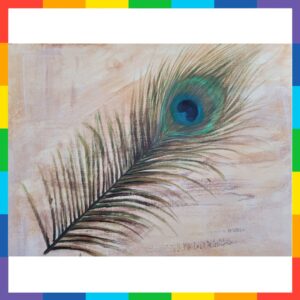
The next 2 to 3 hours felt like bliss. I could not take my eyes off the canvas, the colors and the brushes – best rendezvous of its kind in a long while. Everything else in my mind and around me went for a break. When I finished off, I did not have a perfect replica of the peacock feather. I have uploaded a pic of my painting for your eyes here. You will also agree that it is not even close to perfect but believe me – those few hours of mindfulness just freshened me up, cleansed my mind, gave me a new perspective and even gave me some new energy to keep going at sweet life.
So, when I started sharing about mindfulness techniques/ practices for kids this one was a definite topic on my mind. Kids love art in general – be it the colors, different textures, or about going overhead with imagination and creativity. One skill they unknowingly gain in the process is the ability to focus and destress. Art can help improve emotional well-being of anyone, not just kids.
Let Research do some Talking now!
And now comes my favorite part – supporting my claims with sufficient research. Though I believe that the above experience spoke a lot in favor of mindful coloring, since I am not a child, I feel it is necessary to share some important findings here to reinstate that art is indeed beneficial for kids of all ages.
Mindfulness-Based Art Interventions
A 2020 scoping review examined arts-based mindfulness interventions for children and youth, finding that these programs can build resilience and improve emotional regulation. The review emphasized the importance of incorporating creative methods to engage young participants effectively. They focused on mindfulness-based interventions involving children of ages 8 to 18 years. The mindfulness-based interventions (MBI)s that this study focused on included approaches likes drawing, painting, sculpting, etc.
Some of the key benefits reported by these MBIs included better response to stress and symptoms of depression, improved self-concept (how someone thinks about, evaluates, or perceives themselves), easier handling of the big emotions, ability to think before acting and improved metacognitive skills (the ability to think about one’s own thinking and learning processes). The study emphasizes on the fact that as research in this area develops, we will get to know which group of children or issues can be addressed better by which art-based mindfulness intervention. Now that was about art in general.
Mindful Coloring and Well-Being
Coloring activities have been associated with stress reduction and relaxation. This article by Mayo Clinic notes that coloring can calm the brain, aiding in relaxation and potentially improving sleep and fatigue. While not a cure-all, regular coloring sessions can contribute to overall well-being. Just like I mentioned earlier coloring or painting allows you to disconnect from the world around you and focus on your choice of colors, how to mix them, the right strokes, brushes to be used for each stroke and so on.
A 2023 study indicated that mindful coloring could be as effective as traditional meditation in reducing anxiety. The research suggests that combining mindfulness with coloring helps individuals stay present, thereby alleviating stress.
In summary, integrating mindfulness with art activities like drawing and coloring offers a practical approach to support children’s mental health and emotional development.
Meanwhile, all this applies only if you enjoy coloring or painting. Else you better not try to force yourself into it, thinking it will help you destress– it could backfire. So, unlike other mindful practices, this is one that has to do with a child’s or person’s area of interest as well. Give it a few tries to see if the child enjoys it. If not move on, we have more mindfulness practice options mentioned here.
Practicing Mindful Coloring and Drawing at Home
Incorporating mindfulness-based art activities like coloring, drawing, and painting into your family’s routine can be both enjoyable and beneficial if art is something that your family enjoys. These practices not only foster creativity but also enhance emotional well-being and strengthen family bonds. Here are some easy guidelines to make this mindfulness practice better for you:
- Create a Dedicated Art Space: Set up a comfortable area with art supplies such as paper, coloring books, crayons, markers, paints, and brushes. Ensure this space is free from distractions to promote focus.
- Schedule Regular Art Sessions: Allocate specific times during the week for family art activities. Consistency helps in building a routine that everyone can look forward to.
- Engage in Themed Projects: Choose themes that interest your children, like nature, animals, or favorite stories. This keeps the activities engaging and allows for creative exploration.
- Practice Mindful Observation: Encourage children to observe their surroundings and express what they see and feel through art. This enhances their attention to detail and present-moment awareness.
- Emphasize the Process Over the Outcome: Focus on the experience of creating rather than the final product. This approach reduces performance pressure and fosters a love for art.
Benefits of Mindful Coloring and Drawing
- Enhances Emotional Regulation: Engaging in art allows children to express their feelings non-verbally, aiding in emotional processing and regulation.
- Reduces Stress and Anxiety: The repetitive motions involved in coloring and drawing can have a calming effect, reducing stress levels.
- Improves Focus and Concentration: Mindful coloring and drawing require attention to detail, which can enhance concentration skills over time.
- Strengthens Family Connections: Participating in art projects together provides opportunities for open communication and shared experiences, strengthening family bonds.
- Boosts Self-Esteem and Confidence: Completing art projects gives children a sense of accomplishment, boosting their confidence and self-esteem.
By integrating these mindful art practices into your family’s routine, you create a nurturing environment that supports emotional growth, creativity, and togetherness.
Meanwhile, if you have not read the precursor to this post where we had discussed about mindfulness in general and various options to practice, have a look.
Happy parenting!
Sign Up for your Free Parenting Guide: “10 Everyday Ways to Raise an Emotionally Strong Child”




